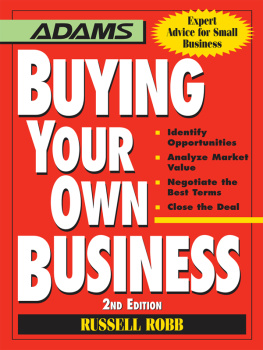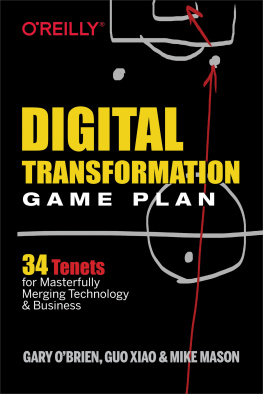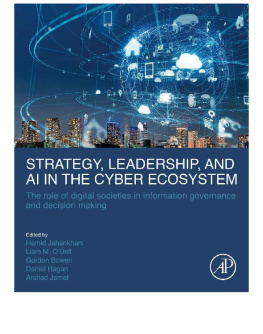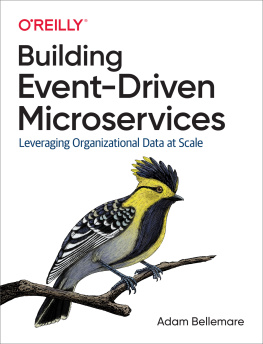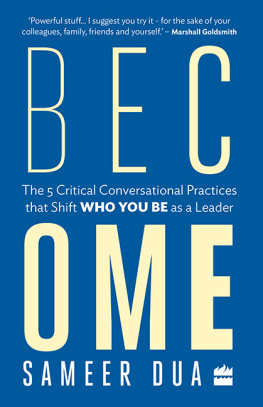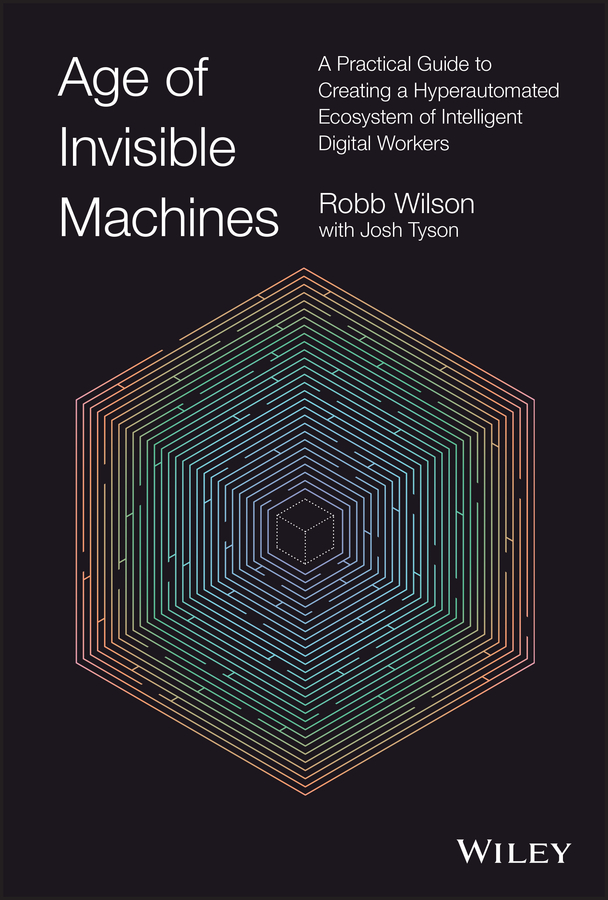
Table of Contents
List of Illustrations
- Chapter 1
- Chapter 2
- Chapter 3
- Chapter 4
- Chapter 5
- Chapter 7
- Chapter 9
- Chapter 10
- Chapter 11
- Chapter 13
- Chapter 14
- Chapter 15
- Chapter 17
Guide
Pages
Age of Invisible Machines
A Practical Guide to Creating a Hyperautomated Ecosystem of Intelligent Digital Workers
Robb Wilson with Josh Tyson

Copyright 2023 by Robb Wilson. All rights reserved.
Published by John Wiley & Sons, Inc., Hoboken, New Jersey.
Published simultaneously in Canada.
No part of this publication may be reproduced, stored in a retrieval system, or transmitted in any form or by any means, electronic, mechanical, photocopying, recording, scanning, or otherwise, except as permitted under Section 107 or 108 of the 1976 United States Copyright Act, without either the prior written permission of the Publisher, or authorization through payment of the appropriate per-copy fee to the Copyright Clearance Center, Inc., 222 Rosewood Drive, Danvers, MA 01923, (978) 750-8400, fax (978) 750-4470, or on the web at www.copyright.com. Requests to the Publisher for permission should be addressed to the Permissions Department, John Wiley & Sons, Inc., 111 River Street, Hoboken, NJ 07030, (201) 748-6011, fax (201) 748-6008, or online at http://www.wiley.com/go/permission.
Limit of Liability/Disclaimer of Warranty: While the publisher and author have used their best efforts in preparing this book, they make no representations or warranties with respect to the accuracy or completeness of the contents of this book and specifically disclaim any implied warranties of merchantability or fitness for a particular purpose. No warranty may be created or extended by sales representatives or written sales materials. The advice and strategies contained herein may not be suitable for your situation. You should consult with a professional where appropriate. Further, readers should be aware that websites listed in this work may have changed or disappeared between when this work was written and when it is read. Neither the publisher nor authors shall be liable for any loss of profit or any other commercial damages, including but not limited to special, incidental, consequential, or other damages.
For general information on our other products and services or for technical support, please contact our Customer Care Department within the United States at (800) 762-2974, outside the United States at (317) 572-3993 or fax (317) 572-4002.
Wiley also publishes its books in a variety of electronic formats. Some content that appears in print may not be available in electronic formats. For more information about Wiley products, visit our web site at www.wiley.com.
Library of Congress Cataloging-in-Publication Data:
Names: Wilson, Robb, author.
Title: Age of invisible machines : a practical guide to creating a hyperautomated ecosystem of intelligent digital workers / Robb Wilson.
Description: First edition. | Hoboken, NJ : Wiley, [2023] | Includes index.
Identifiers: LCCN 2022025468 (print) | LCCN 2022025469 (ebook) | ISBN 9781119899921 (cloth) | ISBN 9781119899945 (adobe pdf) | ISBN 9781119899938 (epub)
Subjects: LCSH: Information technologyEconomic aspects. | Organizational change. | Artificial intelligence.
Classification: LCC HC79.I55 W5666 2023 (print) | LCC HC79.I55 (ebook) | DDC 658.4/038dc23/eng/20220718
LC record available at https://lccn.loc.gov/2022025468
LC ebook record available at https://lccn.loc.gov/2022025469
Cover Design and Image: by north
I'd like to dedicate this book to the people of Ukraineso many of whom have become trusted colleagues, friends, and family over the course of this journey. Ill be donating the first year of proceeds from this book to Ukraine.
Preface
By Josh Tyson
I came to Age of Invisible Machines with a solid understanding of the technologies involved in hyperautomation but only a vague notion of how they fit together. Most of this knowledge was seeded in 2012, when I began working as managing editor of UX Magazine, the world's longest-running publication for the experience design community, and Robb Wilson, as the owner of UXM, had a mythical aura about him.
Given that Robb is a pioneering force in the burgeoning field of experience design, colleagues talked about his ideas and achievements with a mix of awe and affection. Robb had written an early book on effective interface design and had been tapped by Apple to create one of the first iPad apps. He'd already been refining his own conversational AI machine named Cybil for more than 10 years. Apparently, he'd even been nominated for an Academy Award for his work in film. Bursting with big ideas that came rolling down the pike at a steady clip, he was running multiple international start-ups and divided his time between Denver and Kyiv. I rarely saw Robb, but he was always there.
A couple of years ago, I seized an opportunity to spelunk the elusive Robbs mind, helping to refine a white paper about hyperautomation that quickly mushroomed into this book. I was astounded, not only by the complexity and scope of hyperautomation as Robb describes it but also that he was able to come up with an accessible solution for the problems within. Imagine the power of an open system that connects all of the data points (and data stores) within an organization. Anyone can use the platform to sequence a host of disruptive technologies without having to write code, which means anyone can leverage data and create better-than-human automations at every level of society via an interfaceconversationthat requires no training.
Named by the tech research and consulting firm Gartner, hyperautomation is an inevitable market state and also a convoluted, hairy affair. The deeper I've delved into it, the more I've noticed similar systems in nature. On a hike, for instance, I'll notice how the elegant balance of the individual elements in a healthy forestthe spongy moss, the immovable stones, towering treescreates a wholly immersive experience made possible by an invisible network sprawling underfoot in every direction. Called mycelium, this fungal network connects 92% of plant families. The symbiotic relationship between mycelium and plants is called mycorrhiza; plants provide the fungi with sugars while the fungi transfers nutrients and water from the soil. The mycorrhiza runs through a network that can spread for miles. All of this goes largely unnoticedbut without it, there'd be no splendor.
Ecosystems for achieving and maintaining hyperautomation are similar. A complex network of technology is orchestrated out of sight in order to give users the ability to harness its power without having to think about how to use it. Similar to the sharing of nutrients, this network connects every department within an organization to the same set of resources that can be called upon by anyone who needs to use them. If you think of problem-solving with technology as running up a hill, hyperautomation allows you to cruise to the top at a steady clip. You don't need to wrestle with clunky graphical user interfaces, you don't have to navigate switchbacks between apps, and you don't have to stop everything and search for the right password.
Designing these digital ecosystems is heavy, complex work, and there's an inverse relationship between the evolution of the simplicity of the experiences people have with technology and the evolution of the complexity required to achieve that simplicity. It's actually a relationship that's been playing out in experience design for decades, where the goal is to create interactions that are as frictionless as possible. Whether spoken or typed, conversation reduces friction better than any other interface. The more intuitive and easy to use a piece of technology is, the more alluring it becomesand the more complicated it is to create.
Next page

